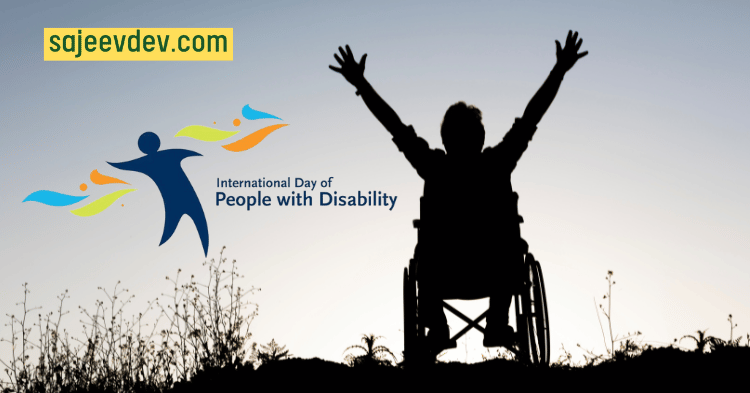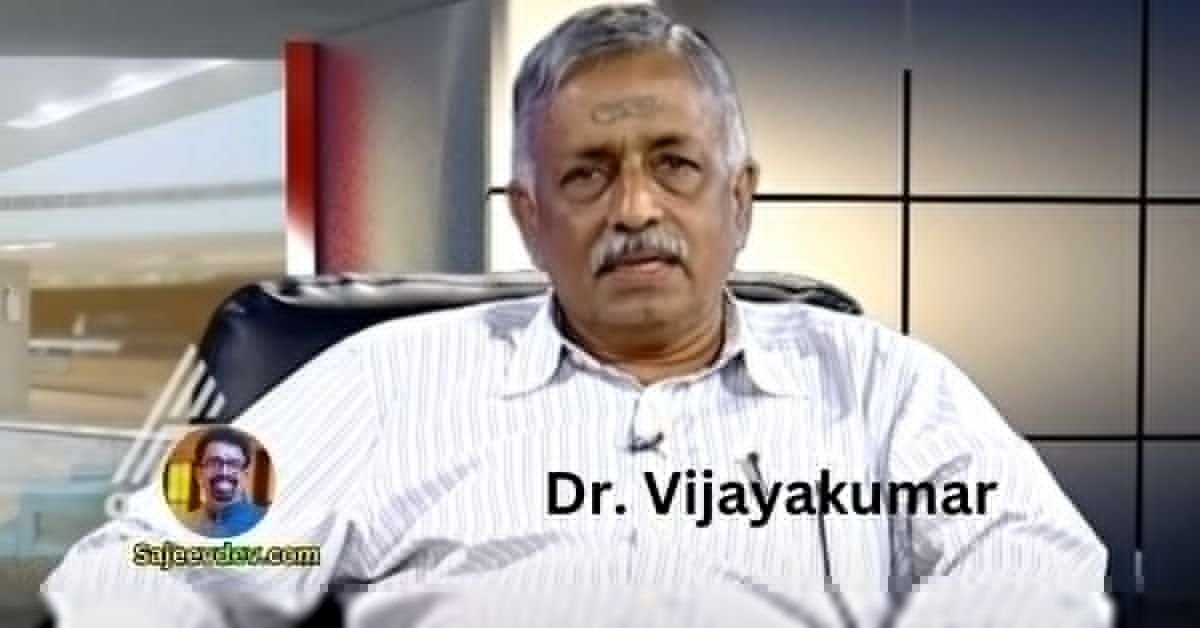As we celebrate World Disability Day, it serves as a powerful reminder that a society that is really inclusive is one that acknowledges, appreciates, and provides assistance to people of all the many abilities that they possess. This day, which is commemorated annually on December 3rd, stimulates communal efforts to construct a world that is more accessible and empathic, and it pushes us to reflect on the obstacles that individuals with disabilities confront. Let’s go deeper into the significance of World Disability Day and investigate the various ways in which we may contribute to the development of a society that honours those who are different and welcomes everyone.
Understanding World Disability Day
The United Nations founded World Disability Day, which is often referred to as the International Day of Persons with Disabilities (IDPD), with the purpose of promoting the rights and well-being of individuals who are disabled. In addition to mobilising support for the dignity, rights, and inclusion of people with disabilities in all parts of life, the day acts as a platform to raise awareness about the obstacles that people with disabilities experience.
Empathy and awareness are the foundations upon which change is built.
The cultivation of empathy and awareness is one of the initial steps that must be taken in order to construct a society that is inclusive. Spend some time getting a better understanding of the difficulties that persons with disabilities, both obvious and invisible, find themselves with. The trigger for empathy is awareness, which not only helps to cultivate a culture of understanding but also helps to dismantle preconceived assumptions that may contribute to the perpetuation of stereotypes.
Activism in Support of Accessibility
One of the most concrete ways to provide assistance to those who have impairments is to advocate for accessibility. This encompasses not just physical accommodations but also digital surroundings, modes of transit, educational opportunities, and employment opportunities. The promotion of accessible design and infrastructure increases the likelihood that all individuals, regardless of their abilities, will be able to navigate the world with dignity and freedom.
Education and Sensitization Programs
Education is a potent instrument that can be used to promote inclusiveness. By educating people on the various sorts of disabilities, breaking down stereotypes, and promoting a culture of acceptance, schools, businesses, and communities can all implement programmes that educate people about these disabilities. Programmes that promote sensitization enable open talks and contribute to the creation of environments in which everyone feels appreciated and understood.
Promoting Inclusive Employment Opportunities
When it comes to encouraging independence and empowerment, it is essential to create work possibilities that are tailored to the needs of those with disabilities. The implementation of inclusive recruiting practises, the provision of reasonable accommodations, and the establishment of a supportive work culture that promotes diversity are all things that businesses are able to do. In addition to providing advantages to people with disabilities, inclusive employment also contributes to the enhancement of the workplace by introducing a wider range of viewpoints and skills.
Accessible Technology for All
As we live in this age of digitalization, technology plays an essential part in our everyday life. The importance of making sure that technology is available to everyone cannot be overstated. When it comes to websites and mobile applications, the incorporation of assistive technologies such as screen readers, voice commands, and other similar features can help to make the digital world more accessible to people with disabilities.
Supporting Disability Advocacy Organizations
There are a great number of organisations that are committed to fighting for the rights of people who have mental or physical impairments. Contributing to a collective effort to bring about positive change can be accomplished by providing support to these organisations through activities such as volunteering, making donations, or raising awareness about the initiatives they are working on. There are several instances in which these organisations play a significant part in influencing policy and encouraging inclusivity on a more widespread scale.
Community Engagement and Social Inclusion
It is necessary for everyone to actively participate in order to build communities that are inclusive. Participate in community events that work to promote social inclusion and provide opportunities for people of varying abilities to interact with one another. We are able to establish communities that thrive on diversity and appreciate the unique contributions of each individual member by cultivating a sense of belonging among the individual members.
Encouraging Personal Connections
The power that comes from human connections is at the core of the concept of inclusion. Spend some time interacting with people who have disabilities, listening to what they have to say about their experiences, and gaining insight from their points of view. The elimination of obstacles and the development of a society that is more compassionate can be greatly aided by the simple acts of kindness, understanding, and friendship that people perform.
A Call to Action
Not only is World Disability Day a day for commemoration, but it is also a day for people to take action. It encourages us to look past our differences and work towards a world in which every person, regardless of their abilities, is able to participate fully in society. While we are commemorating this day, let us make a commitment to constructing a world that welcomes diversity, eliminates obstacles, and advocates for the inherent dignity and rights of every individual. We have the ability to make a contribution to the building of a world that is more inclusive, empathic, and accessible for everyone by taking acts both collectively and individually.



